1. Introduction
In the broadcasting industry, test instruments are critical tools for ensuring signal quality and equipment performance. Over two decades ago, the FMAB launched by R&S (Rohde & Schwarz) set the industry benchmark for broadcast transmitter testing. With its exceptional performance and reliability, the FMAB quickly became the preferred equipment for broadcast engineers. However, as technology advanced and market demands evolved, the FMAB gradually faded from the scene. Today, the RWC2500A Plus, introduced by Doewe Technologies in collaboration with RWC, inherits the mission of the FMAB with a new approach, establishing itself as the new benchmark in broadcast testing.
2. FMAB: A Classic of Its Era
The FMAB held an unshakable position in the broadcasting industry. Its powerful performance quickly made it the de facto standard for broadcast transmitter testing. Whether for AM or FM broadcasting, the FMAB delivered precise test results, helping engineers ensure transmitter signal quality. However, as analog broadcasting transitioned to digital, the FMAB gradually exited the market. Despite being discontinued for over a decade, demand for the FMAB in the industry has not completely vanished. Many engineers still rely on second-hand FMAB units for testing, especially in regions where analog broadcasting remains active.
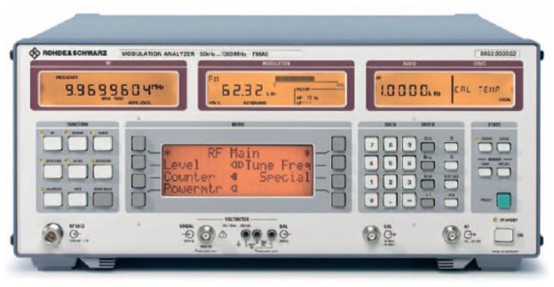
Figure 1 FMAB Exterior
Nevertheless, the FMAB was not without limitations. Its complex user interface and cumbersome testing procedures—especially during S/N (Signal-to-Noise) testing, which required additional audio analyzers and intricate mathematical calculations—posed significant challenges. Additionally, its bulky size and substantial weight made field testing difficult. While its performance was impeccable, its historical constraints were evident.
3. RWC2500A Plus: The Successor to FMAB
Addressing the ongoing need for analog broadcast testing, Doewe Technologies and RWC jointly launched the RWC2500A Plus. Designed to inherit the FMAB's mission, it delivers comprehensive upgrades in performance, ease of operation, and functionality. Not only does it retain the FMAB's robust capabilities in AM and FM demodulation, but it also significantly streamlines testing processes through modern design and technological innovation.
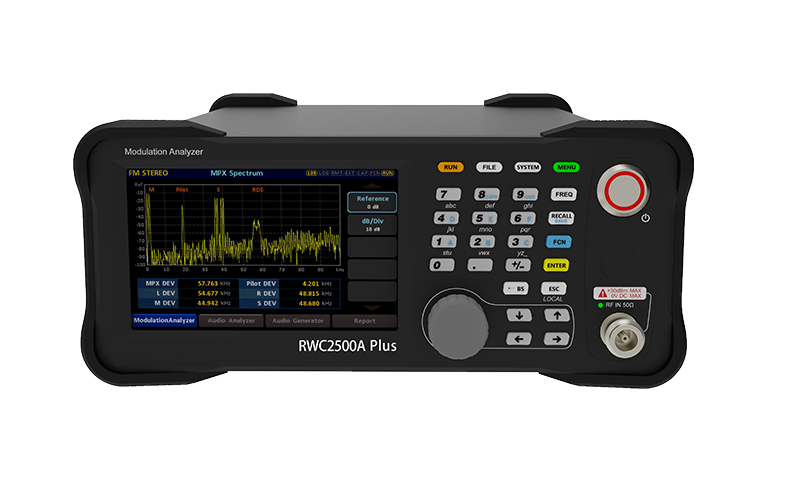
3.1 Simplified Operation, Enhanced Capabilities
Compared to the FMAB, the RWC2500A Plus features a more intuitive interface and streamlined workflows. With built-in audio generation and analysis functions, engineers no longer need external audio analyzers. Its integrated display interface allows engineers to view test results at a glance, greatly improving efficiency. For both AM and FM broadcasting, it provides comprehensive parameter analysis, including key metrics such as carrier frequency offset, modulation depth, and signal-to-noise ratio.
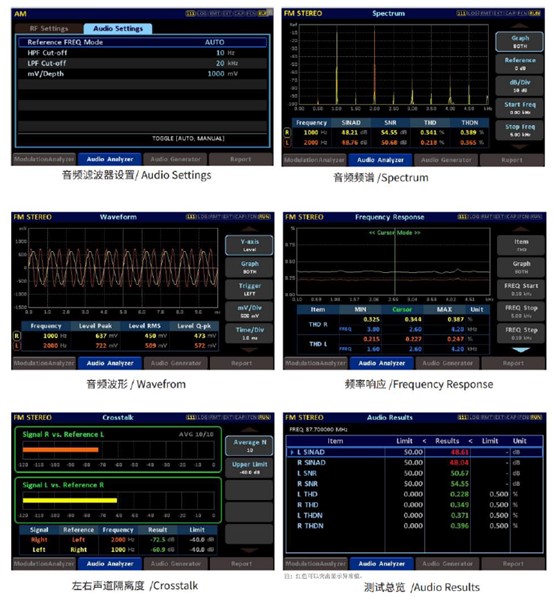
Figure 3 RWC2500A Plus Audio Analysis Functionality
3.2 Optimized Interfaces for Easier Field Testing
The FMAB had limitations in interface design, particularly in balanced interface support. The RWC2500A Plus resolves this with optimized interfaces, supporting multiple audio input/output options to eliminate complex cabling issues. Its compact size and portability make it ideal for field testing—a major advantage for engineers frequently working on-site.
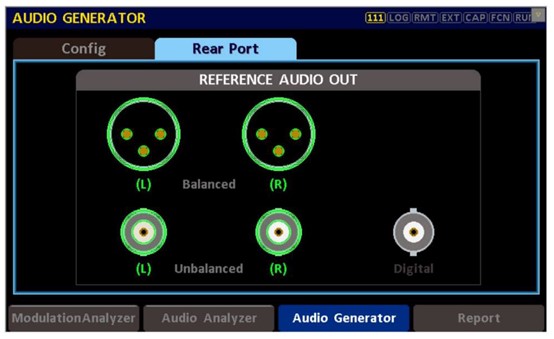
Figure 4 RWC2500A Plus Audio Output Interfaces
3.3 Real-Time Coverage Testing
The RWC2500A Plus also integrates CMS (Coverage Measurement System) software for real-time coverage testing. Using CMS, engineers can monitor broadcast signal coverage in real time, ensuring transmission quality within target areas. This feature is vital for optimizing and maintaining broadcast networks, especially in complex urban environments where precise coverage measurements help operators quickly identify issues and implement optimizations.
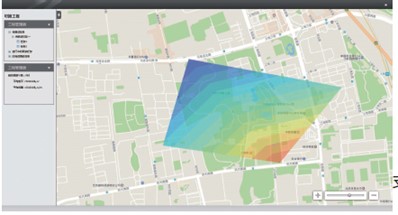
Figure 5 CMS Software: Broadcast Signal Coverage Testing
4. RWC2500A Plus: The New Benchmark in Broadcast Testing
The RWC2500A Plus not only inherits the FMAB’s legacy of performance but surpasses it in ease of use, functional diversity, and portability. Its emergence marks a new era in broadcast testing, delivering comprehensive and precise testing solutions for both analog and digital broadcasting.
4.1 Adapting to Industry Trends
With the proliferation of 5G and rapid development of digital broadcasting, the industry is undergoing unprecedented transformation. While analog broadcasting remains relevant in some areas, digital broadcasting is an irreversible trend. The RWC2500A Plus not only meets analog testing needs but also provides robust support for future digital broadcast testing. Its versatility and flexibility enable it to adapt to diverse industry demands.
4.2 Boosting Efficiency, Reducing Costs
The RWC2500A Plus enhances testing efficiency while lowering maintenance costs. Its integrated design and simplified workflows allow engineers to complete tasks faster, reducing time and labor costs for field testing. Additionally, its stability and reliability minimize device failure rates and reduce maintenance frequency.
5. Conclusion
The FMAB was a legend in broadcast testing, but technological progress and shifting market demands have gradually retired it. Today, the RWC2500A Plus inherits the FMAB’s mission with a modern approach, establishing itself as the new benchmark. It retains the FMAB’s strengths in AM/FM demodulation while revolutionizing testing processes through contemporary design and innovation, significantly improving efficiency.
For broadcast engineers still seeking an FMAB alternative, the RWC2500A Plus is undoubtedly the optimal choice. It satisfies analog testing requirements while offering robust support for future digital broadcast testing. Its arrival heralds a new era in broadcast testing. We are confident the RWC2500A Plus will play a pivotal role in future broadcast testing, becoming an indispensable tool for engineers. If you are interested, please call us at +86-10-64327909 for a demonstration.